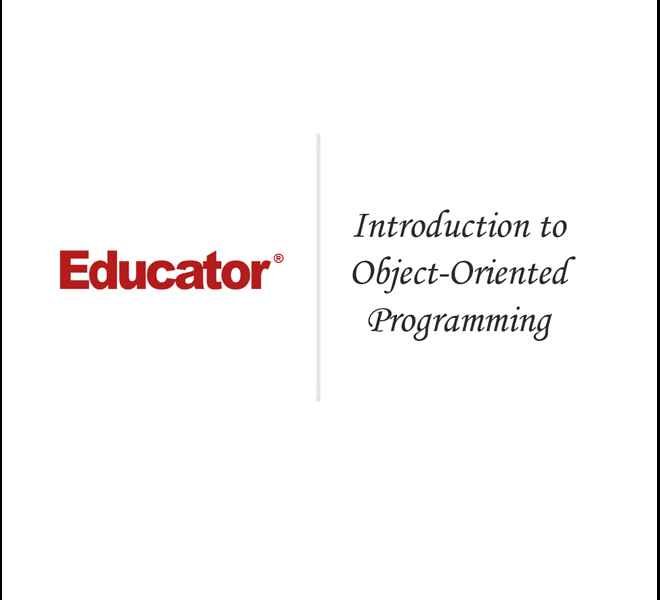Connecting...

This is a quick preview of the lesson. For full access, please Log In or Sign up.
For more information, please see full course syllabus of Advanced PHP
For more information, please see full course syllabus of Advanced PHP
Advanced PHP Introduction to Object-Oriented Programming
Lecture Description
In this lesson our instructor talks about object-oriented programming. First, he discuses associative arrays, classes, and defining classes. Then he talks about objects, instantiating classes, and object properties. He ends the lesson with a helpful homework challenge.
Bookmark & Share
Embed
Share this knowledge with your friends!
Copy & Paste this embed code into your website’s HTML
Please ensure that your website editor is in text mode when you paste the code.(In Wordpress, the mode button is on the top right corner.)
×
Since this lesson is not free, only the preview will appear on your website.
- - Allow users to view the embedded video in full-size.
Next Lecture
Previous Lecture
















































0 answers
Post by Lily Truong on April 4, 2013
Thanx for this particular module. It is very useful. Would you know where I can learn about Stored Procedures in Educator.com?
1 answer
Wed Apr 11, 2012 3:11 PM
Post by Herve Gnidehoue on February 10, 2012
Great explanation ! No doubt about it. Hats off
1 answer
Tue Feb 7, 2012 3:38 AM
Post by ying zheng on January 27, 2012
Very clear.. thank you!